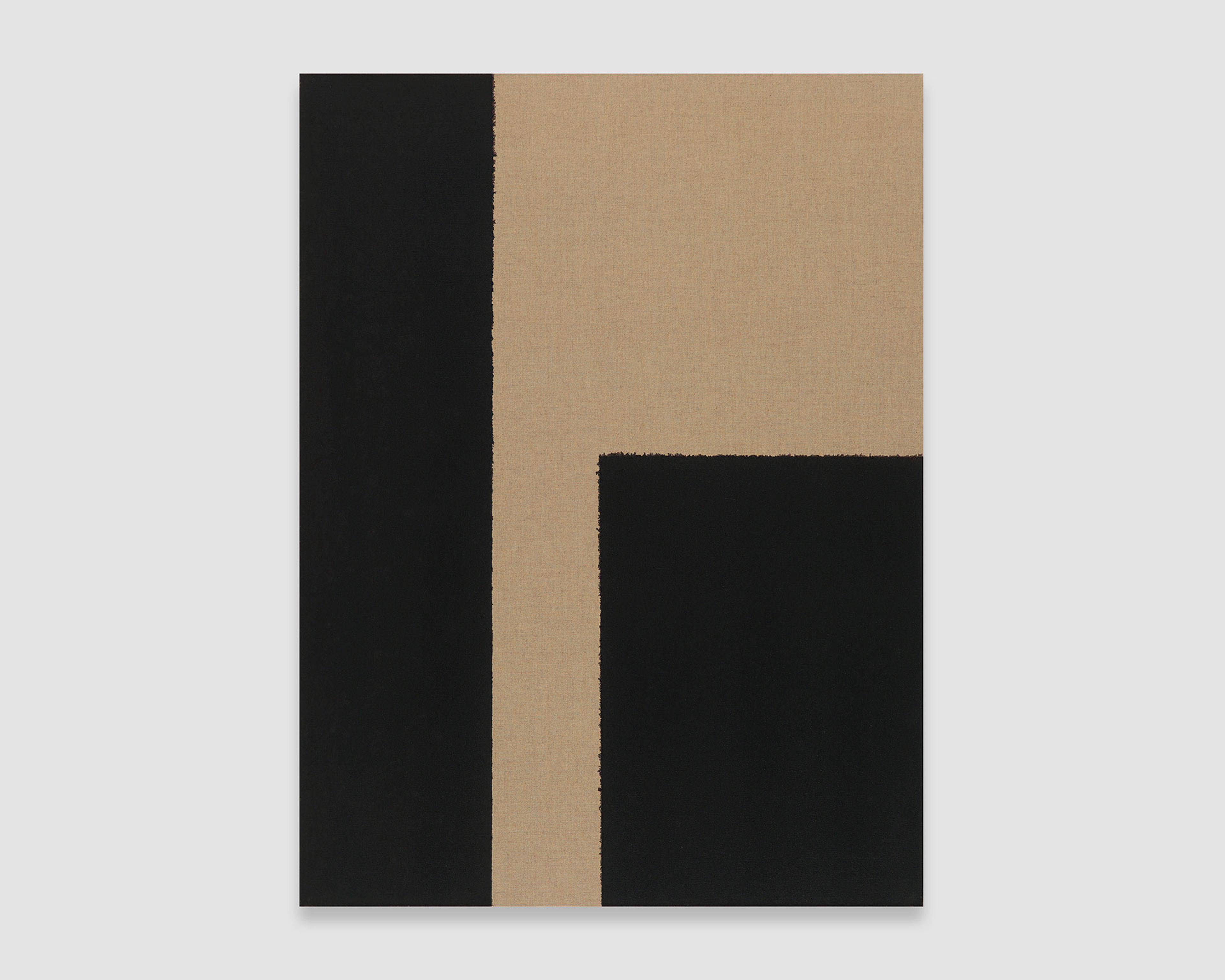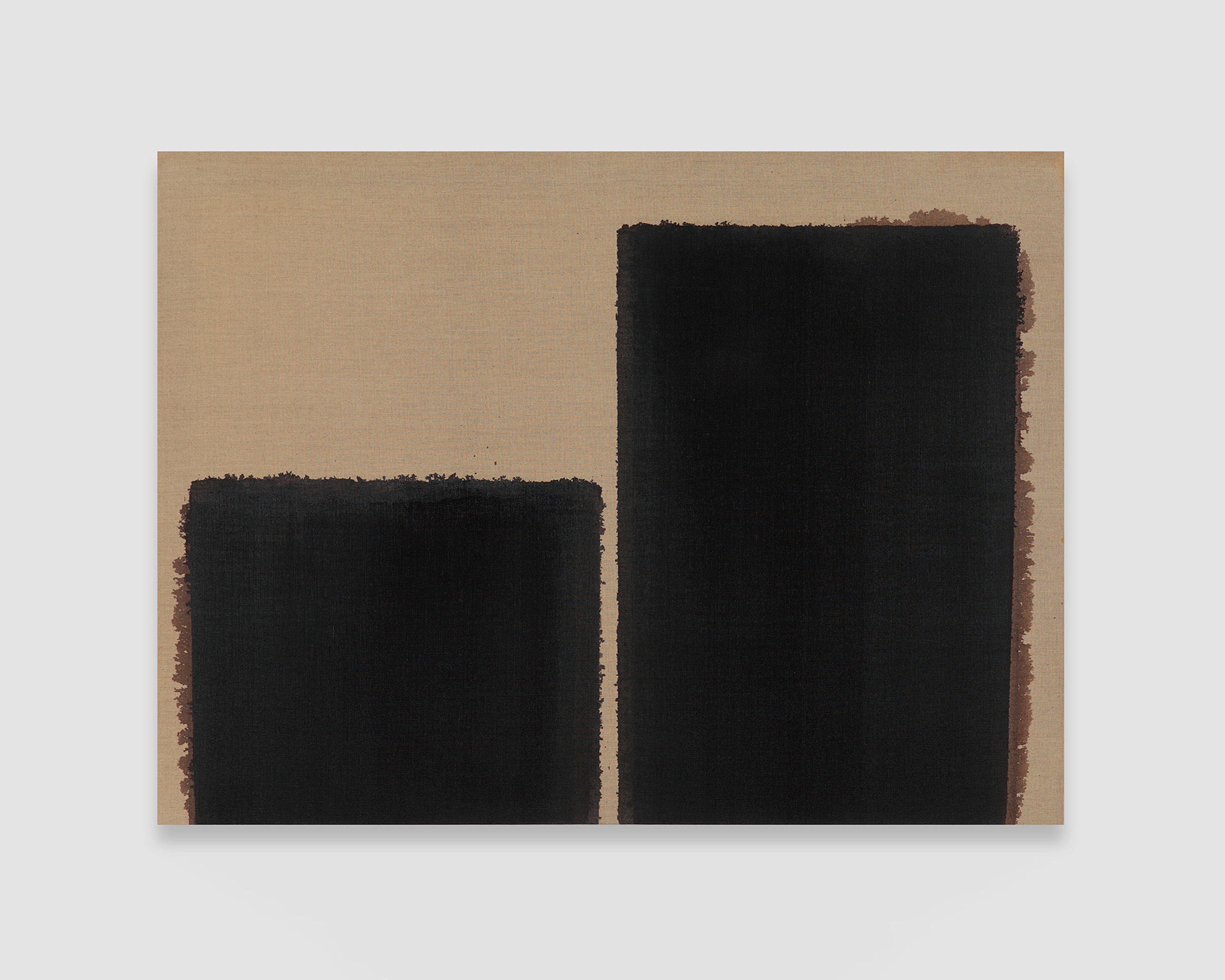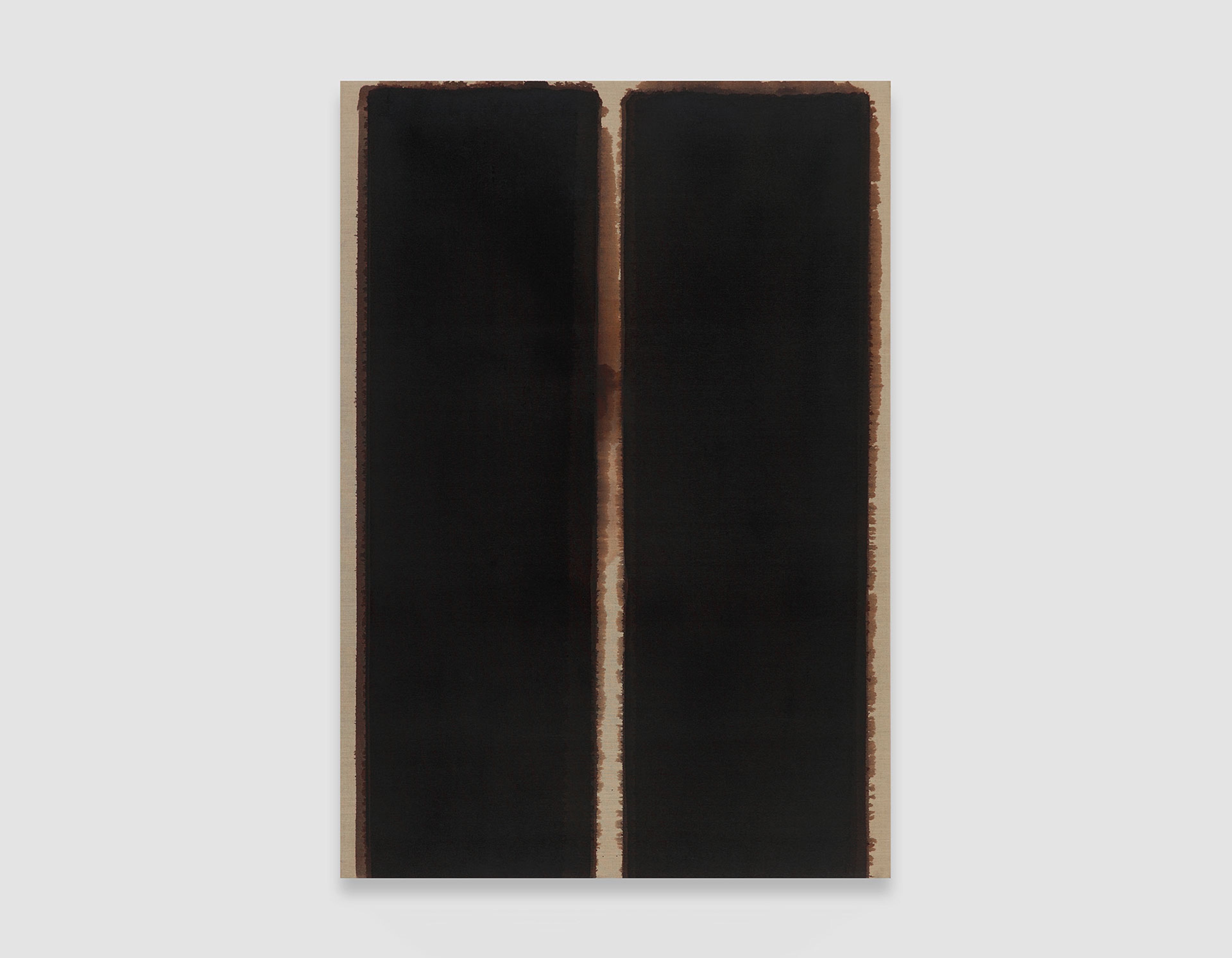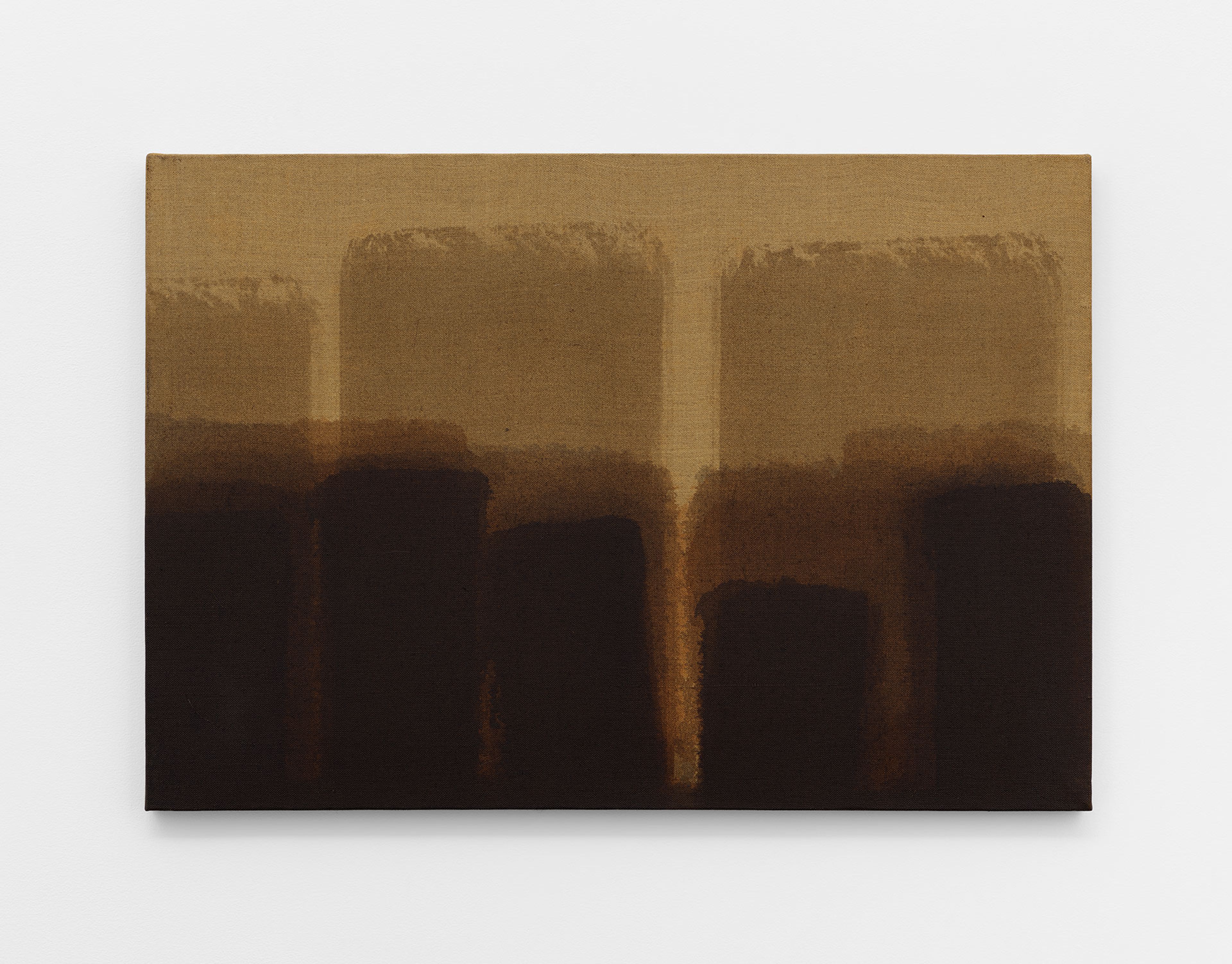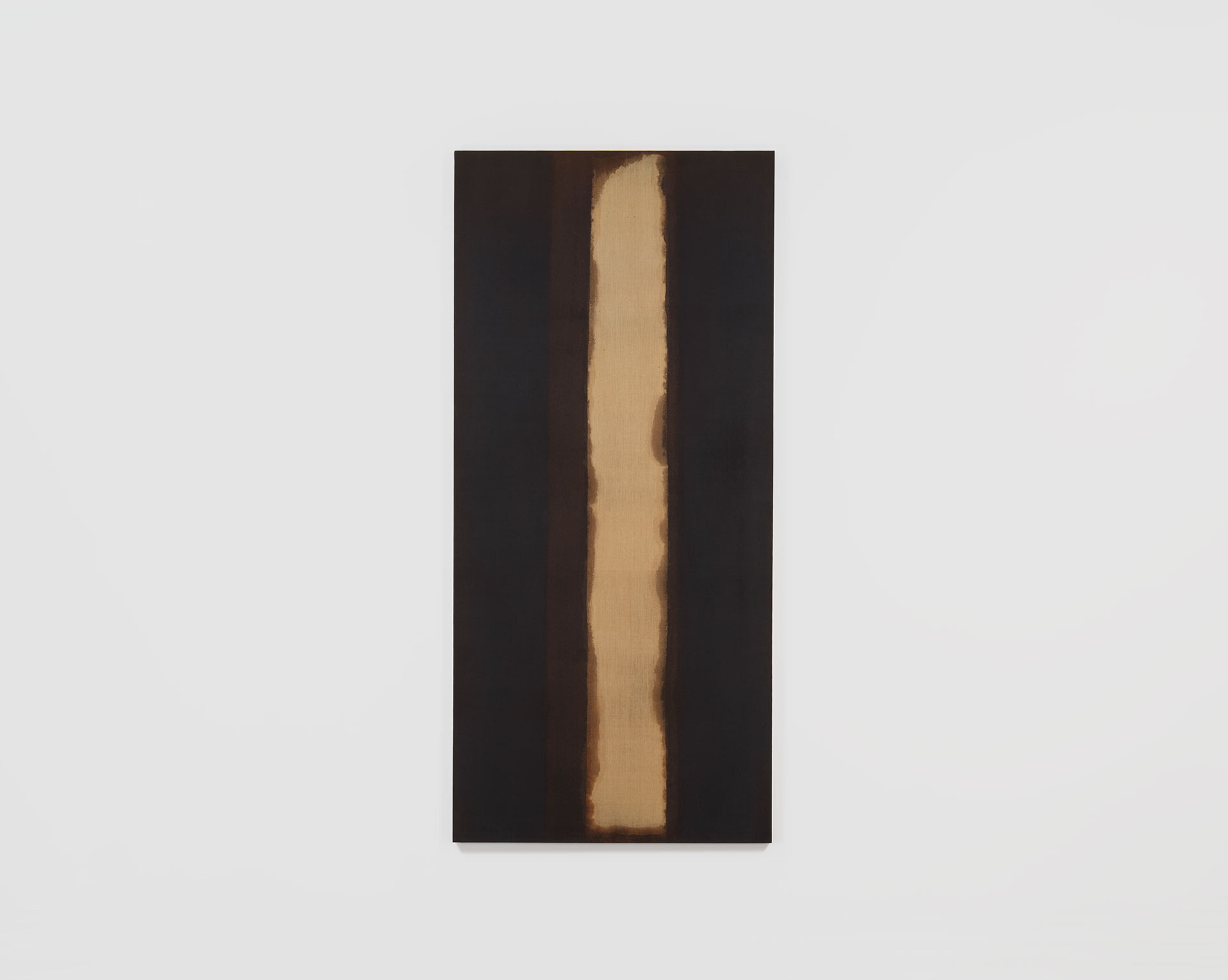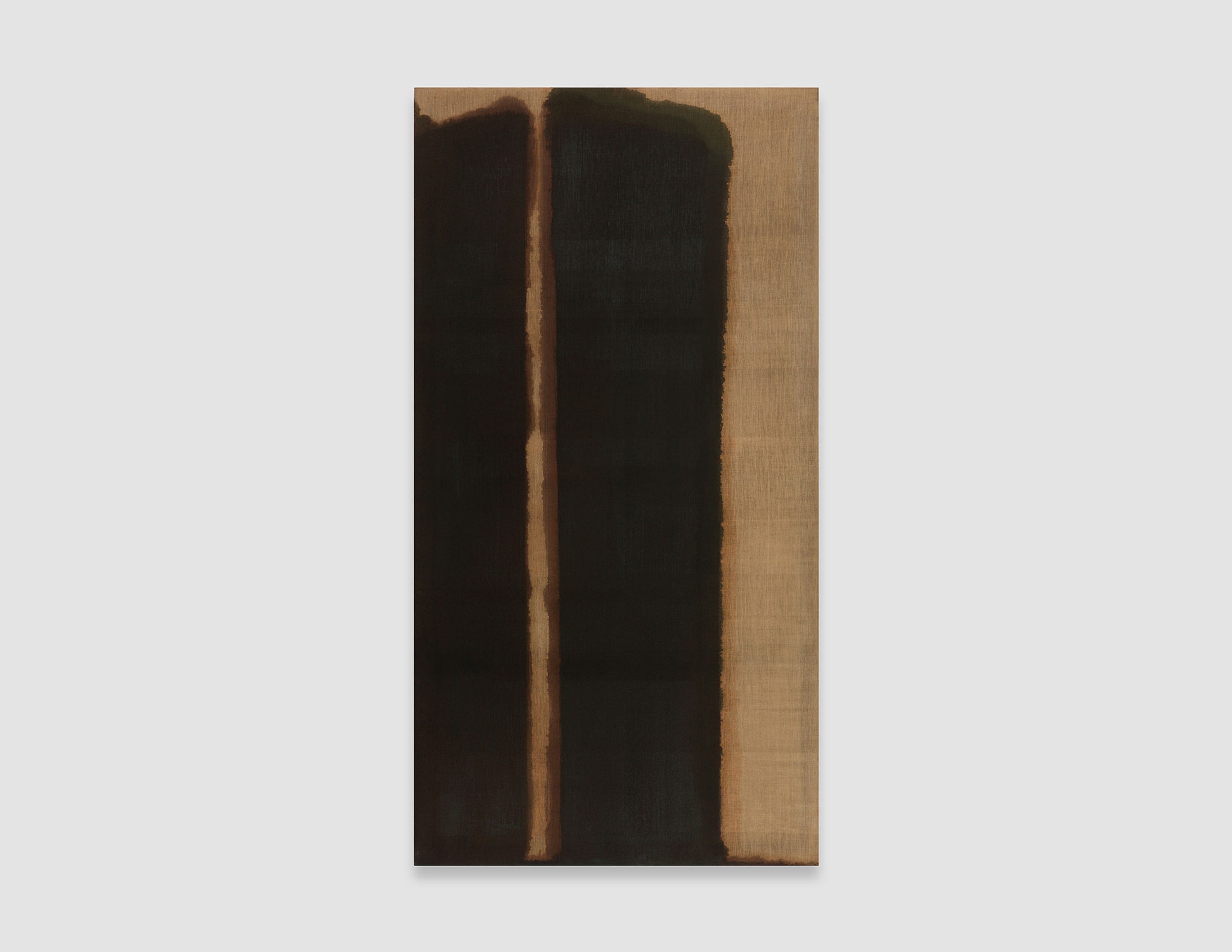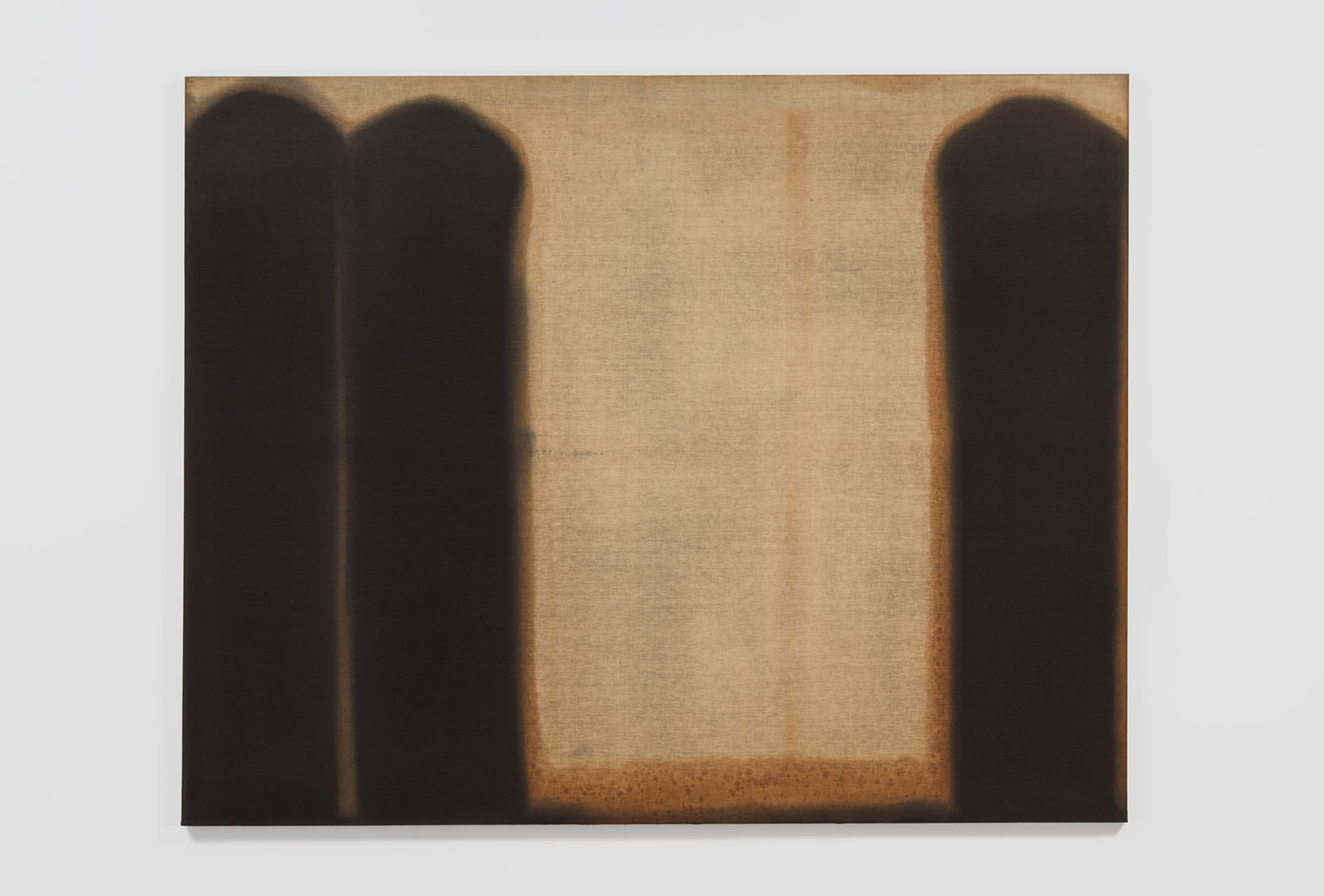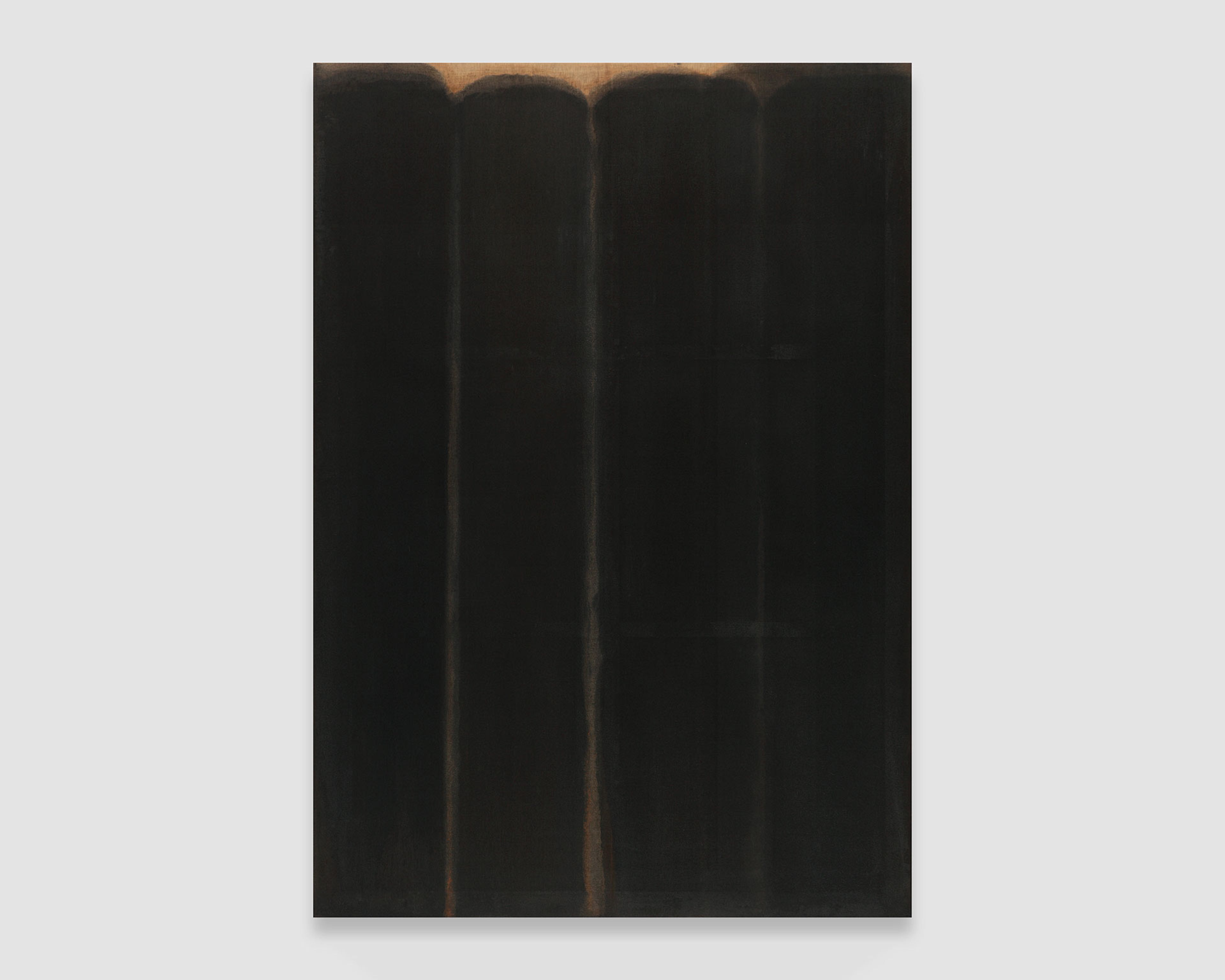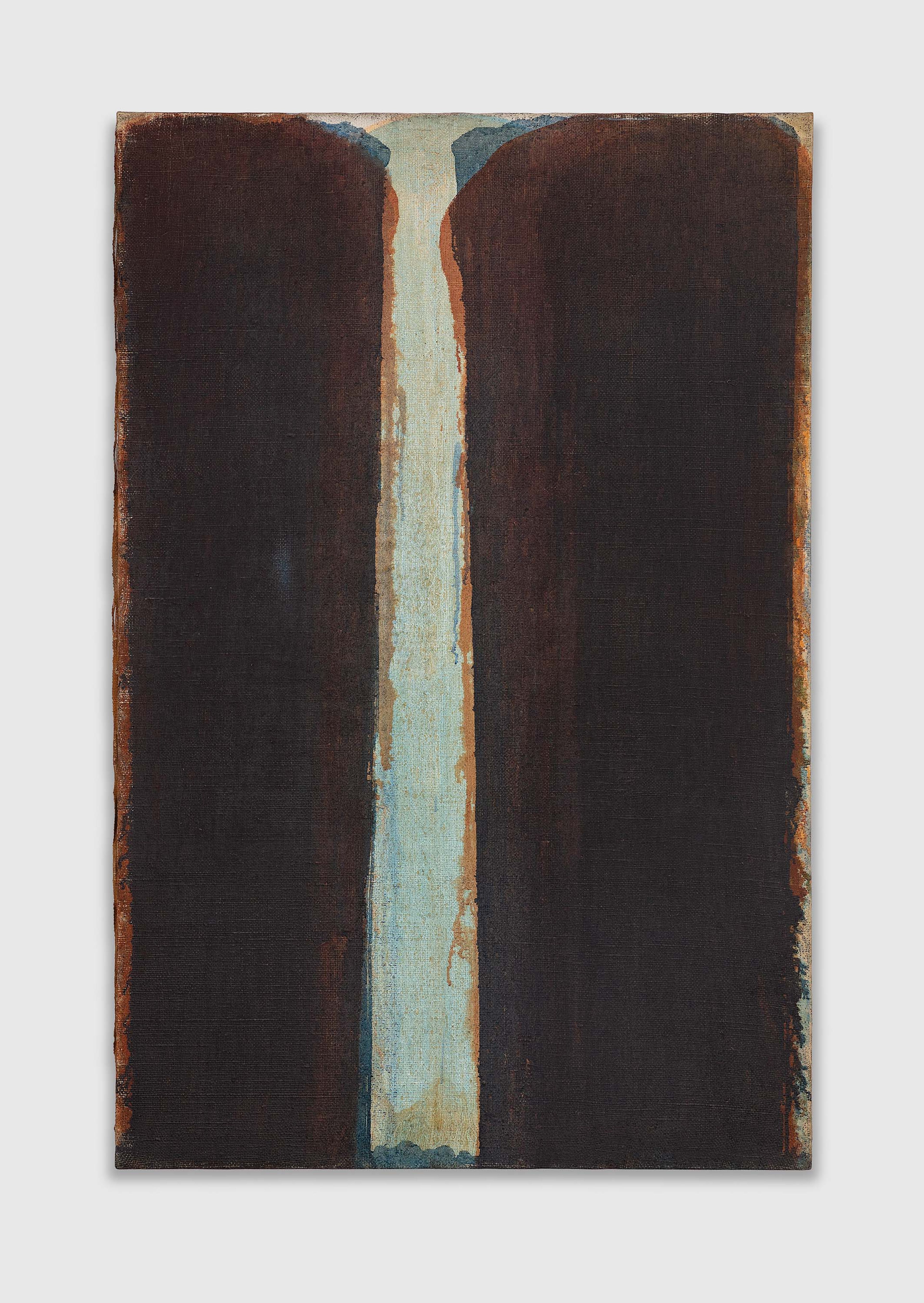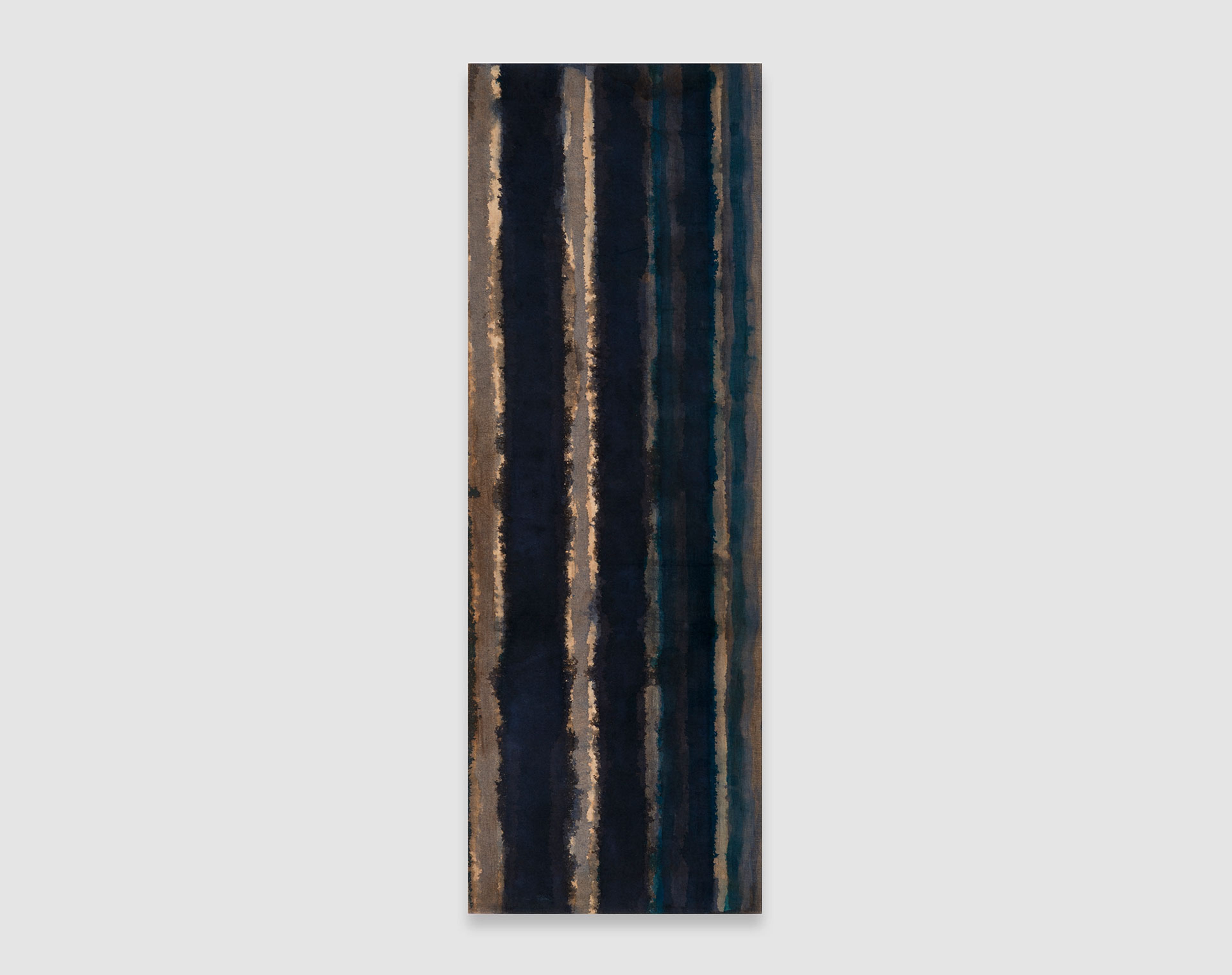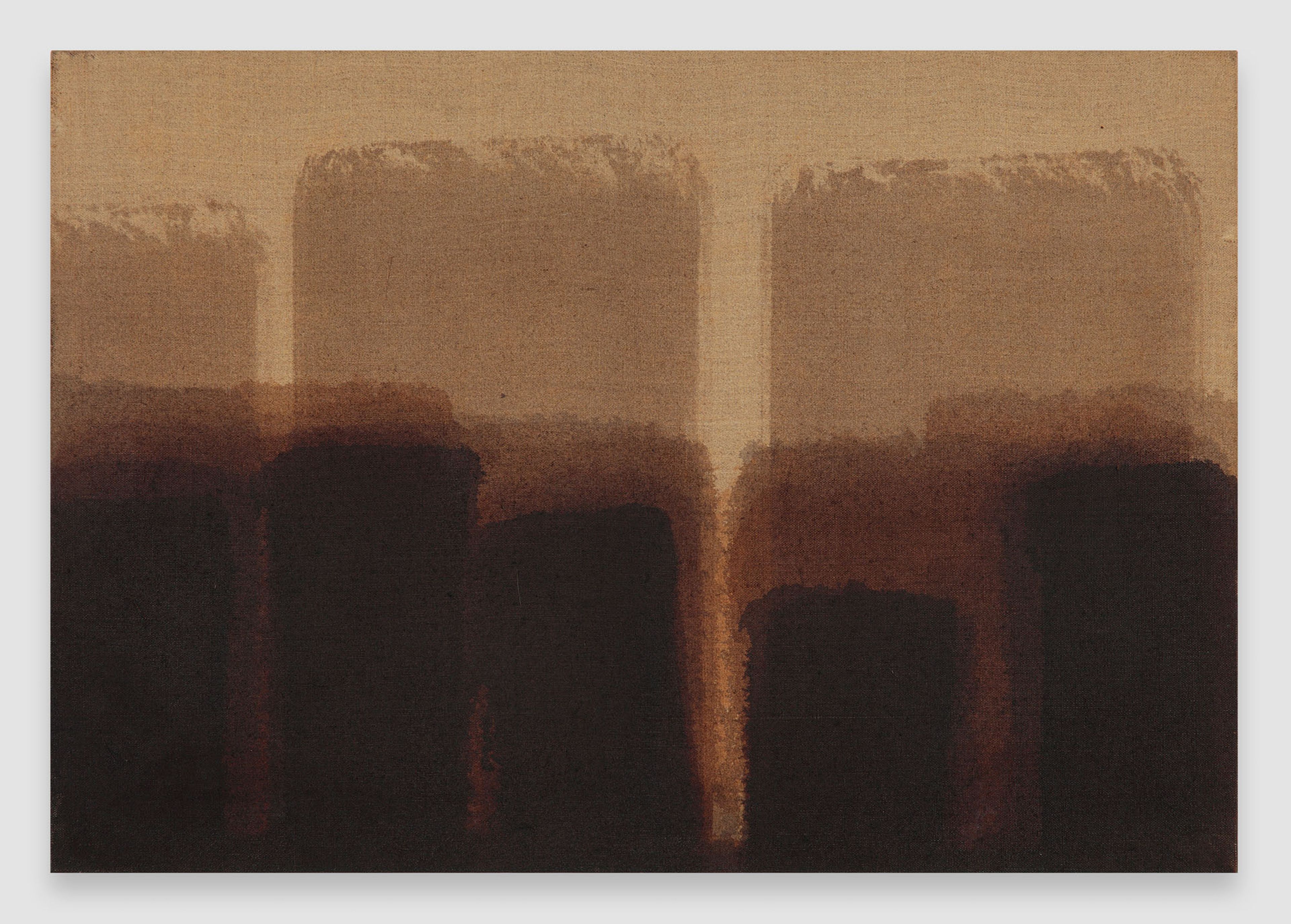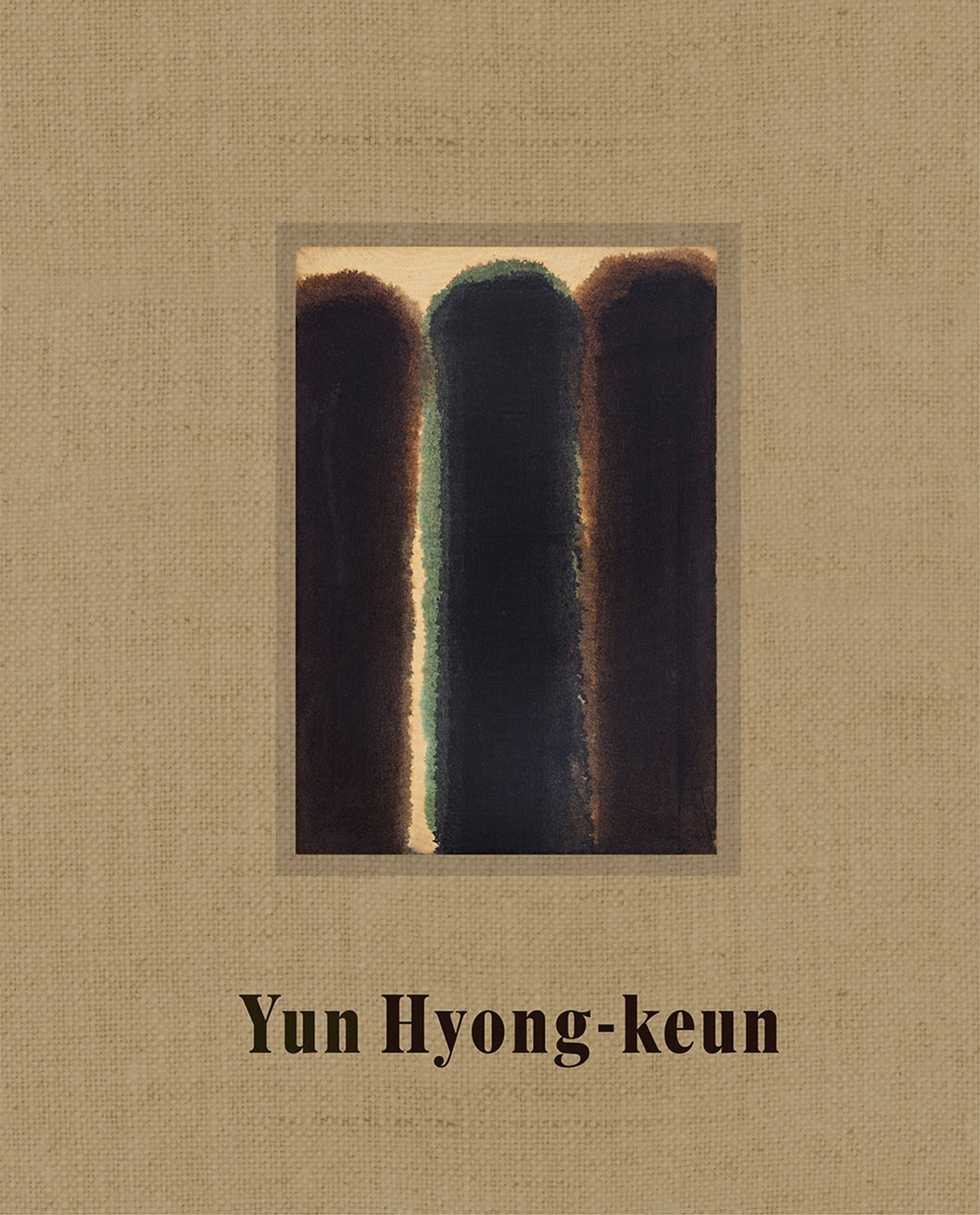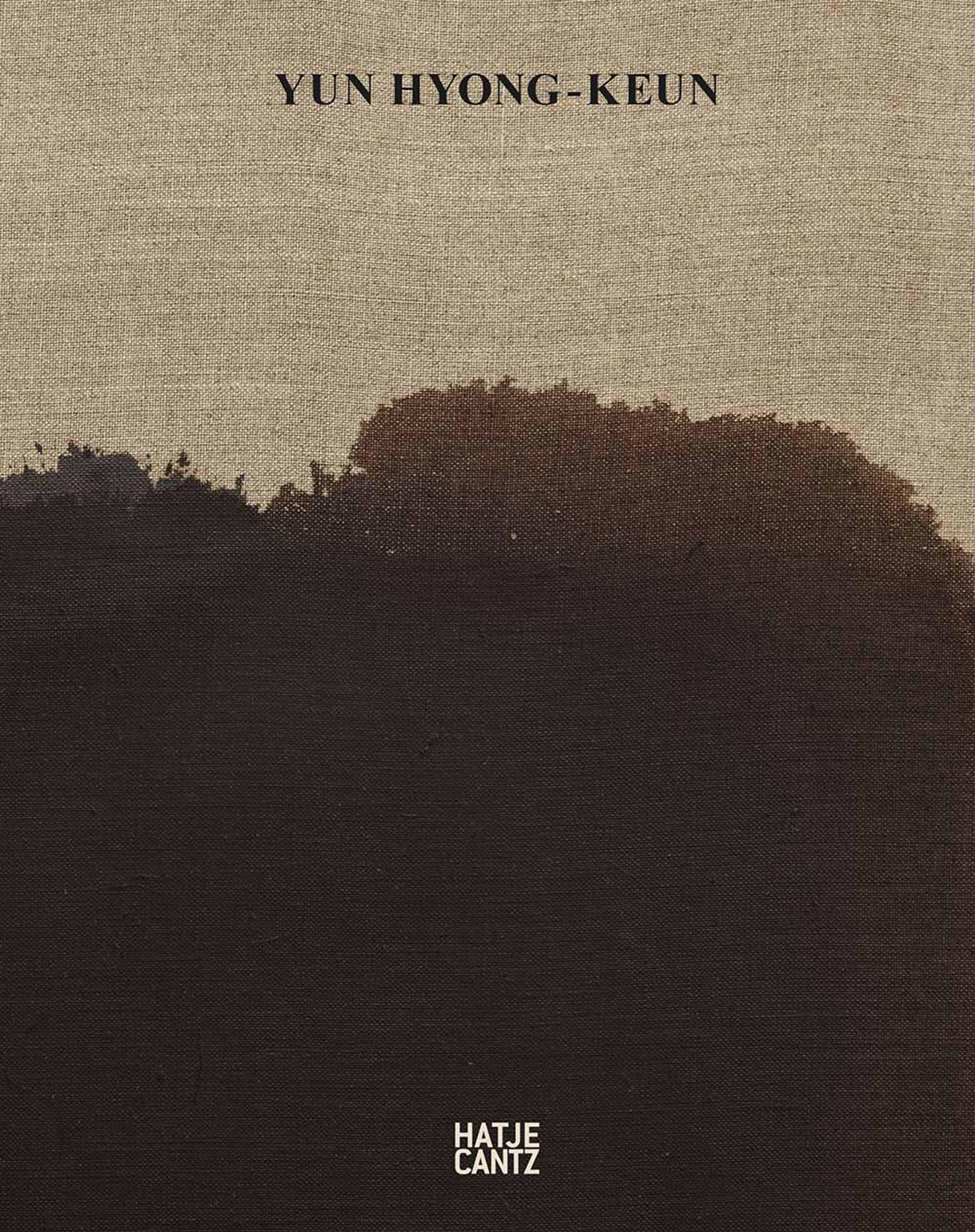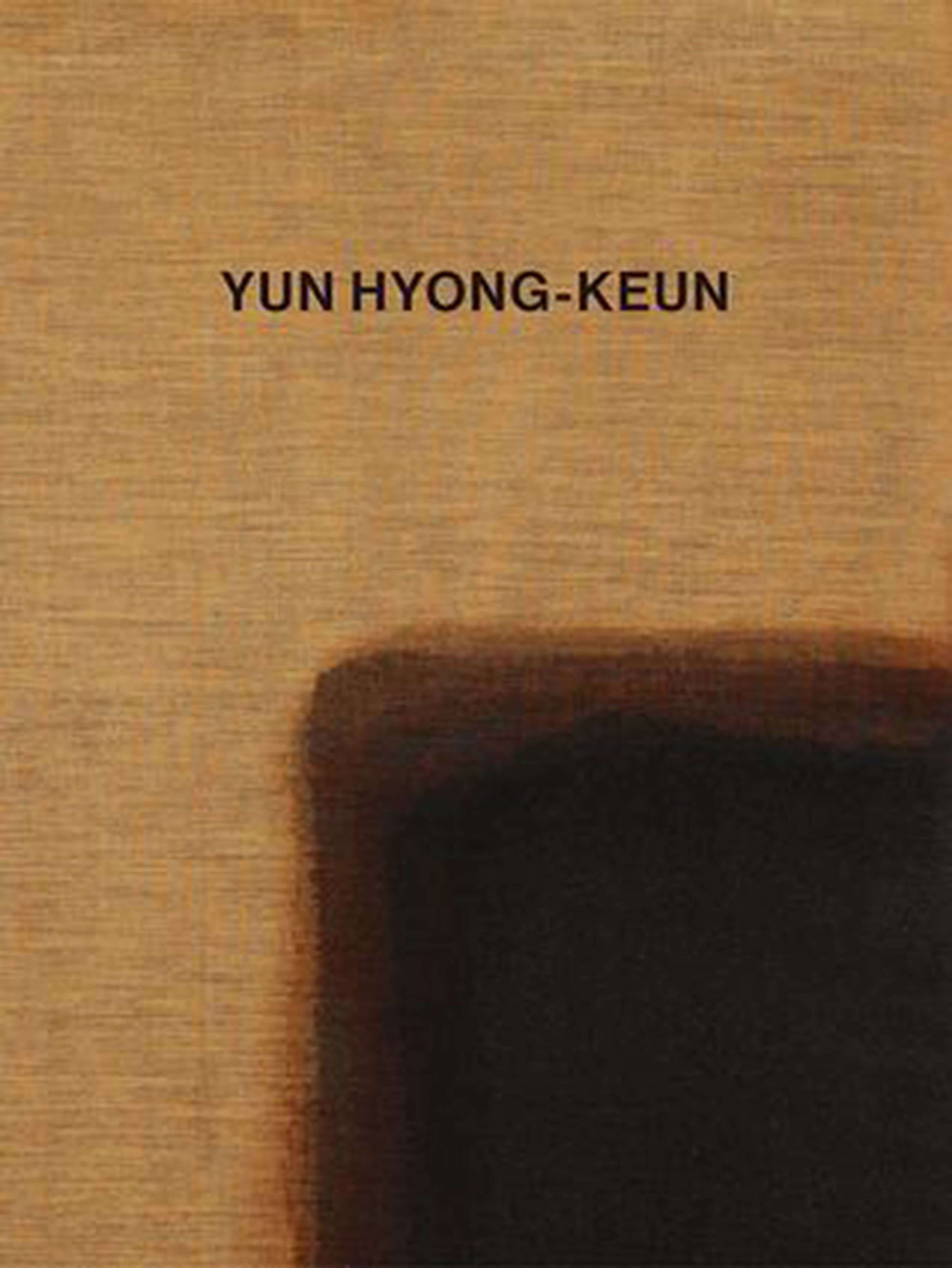Yun Hyong-keun
Yun Hyong-keun’s (1928–2007) signature abstract compositions engaged and transcended Eastern and Western art movements and visual traditions, establishing him as one of the most significant Korean artists of the twentieth century. He is the most prominent figure associated with the Dansaekhwa (monochromatic painting) movement, a group of influential Korean artists from the 1960s and 1970s who experimented with the physical properties of painting and prioritized technique and process.
Learn MoreSurvey
Exhibitions
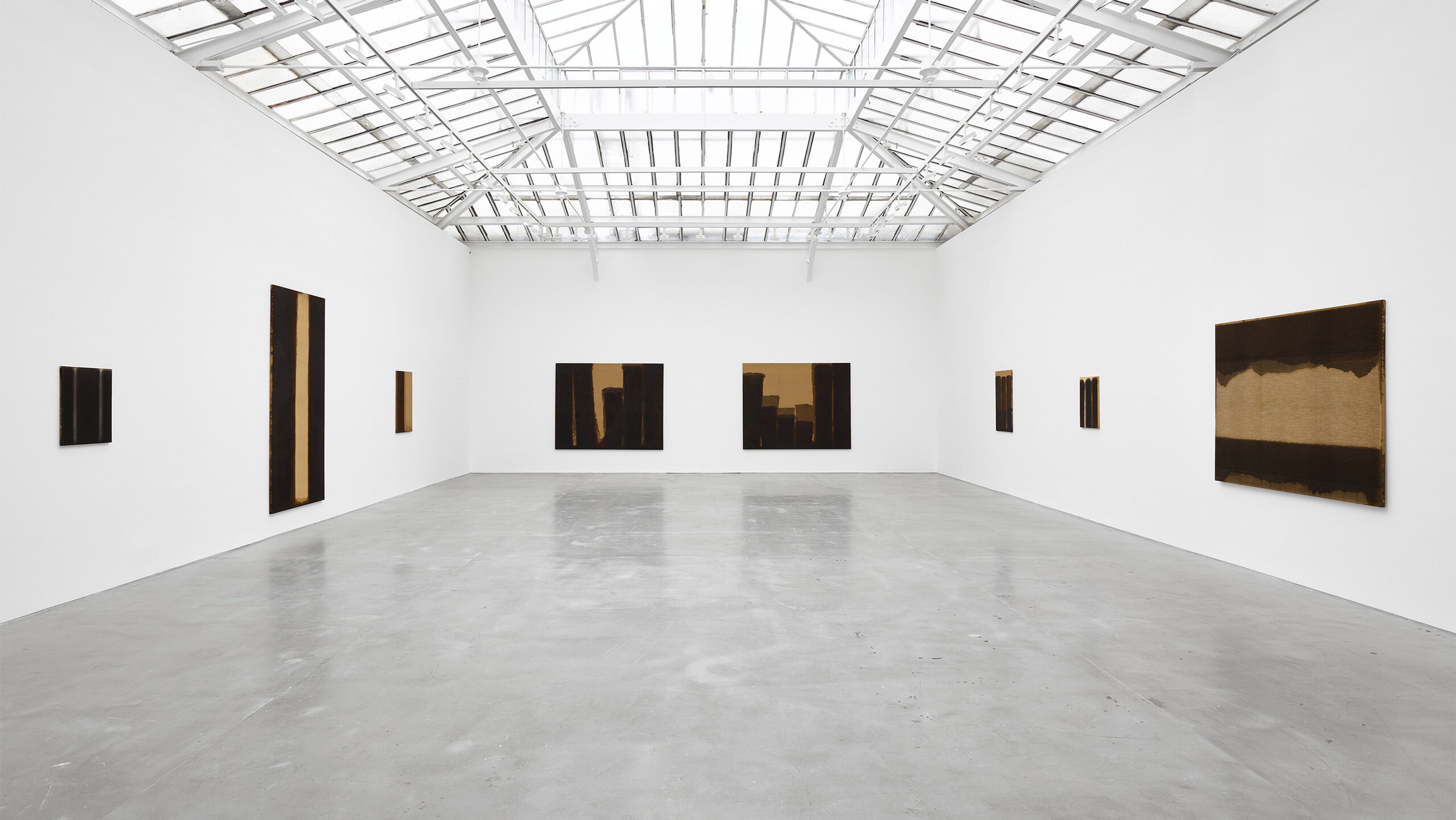
Explore Exhibitions
Artist News
Biography
Yun Hyong-keun’s (1928–2007) signature abstract compositions engaged and transcended Eastern and Western art movements and visual traditions, establishing him as one of the most significant Korean artists of the twentieth century. He is the most prominent figure associated with the Dansaekhwa (monochromatic painting) movement, the name given to a group of influential Korean artists from the 1960s and 1970s who experimented with the physical properties of painting and prioritized technique and process. Yun was born in Miwon, North Chungcheong Province, Korea, and received his BFA from the School of Fine Arts at Hongik University, Seoul, in 1957.
Using a restricted palette of ultramarine and umber, Yun created his distinctive compositions by adding layer upon layer of paint onto raw canvas or linen, often applying the next coat before the last one had dried. He then diluted the pigments with turpentine solvent, allowing them to seep into the fibers of the support, staining it in a similar way to traditional ink on hanji, Korean mulberry paper. Working directly on his studio floor, he produced simple arrangements of intensely dark, vertical bands surrounded by untouched areas. The division was softened by the blurred edges caused by the uneven rates of absorption of oil and solvent, and the compositions often developed over several days, even months, with the artist adding further layers or letting the pigments bleed out gradually.
Yun visited New York in 1974, where he encountered the work of American postwar artists including Mark Rothko, which led him to further explore ways to divide pictorial space. His paintings from the mid-1970s and the 1980s revolve around a play between presence and absence, with unmarked areas characterized as intervals rather than dematerialized voids. The inherent physicality of his works, in turn, impressed artists such as Donald Judd, who invited Yun to exhibit at his spaces on Spring Street in New York and in Marfa, Texas (Chinati Foundation), during the 1990s in what would be the artist’s first solo presentations in the United States.
Yun has been the subject of solo exhibitions at prominent institutions worldwide, including the Total Museum of Contemporary Art, Seoul (1994); Stiftung für konkrete Kunst, Reutlingen, Germany (1997); Art Sonje Museum, Gyeongju, South Korea (2001); and Musée d’Art moderne et contemporain de Strasbourg (2002). Other notable solo exhibitions have been held at Inkong Gallery, Seoul (1989); Locks Gallery, Philadelphia (1991); Galerie Humanité, Nagoya, Japan (1991–1992; traveled to Galerie Humanité Tokyo; Gallery Suzukawa, Hiroshima; and Gallery Yamaguchi, Osaka); Galerie Jean Brolly, Paris (2002 and 2006); Blum & Poe, New York (2015); PKM Gallery, Seoul (2015, 2020, and 2021); and Axel Vervoordt Gallery, Wijnegem, Belgium (2021). In 2018, the National Museum of Modern and Contemporary Art in Seoul hosted a major solo exhibition of the artist’s work that traveled to the Palazzo Fortuny, Venice (2019).
His work has been included in the São Paulo Biennial (1969 and 1975), the 46th Venice Biennale (1995), and the Gwangju Biennale (2000).
Since 2016, David Zwirner has represented Yun’s work in New York. Solo exhibitions of his work were on view at the gallery’s New York location in 2017 and 2020. In 2023, a solo exhibition of the artist’s work was presented at David Zwirner, Paris.
Work by the artist is represented in permanent collections internationally, including the Art Institute of Chicago; Chinati Foundation, Marfa, Texas; Daegu Art Museum, South Korea; Fukuoka Art Museum, Japan; Glenstone, Potomac, Maryland; Leeum Museum of Art, Seoul; M+ Museum, Hong Kong; National Museum of Modern and Contemporary Art, Korea; Seoul Museum of Art; Tate, United Kingdom; and the Tokyo Metropolitan Art Museum.
Selected Titles

Request more information
